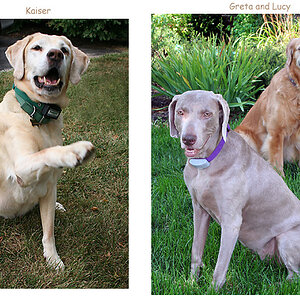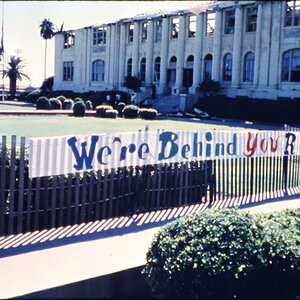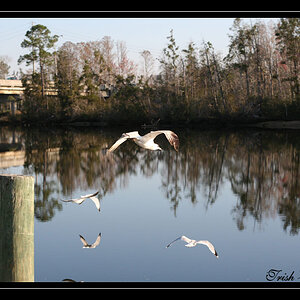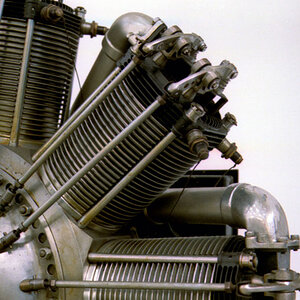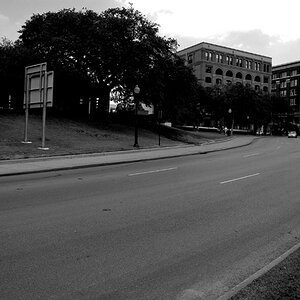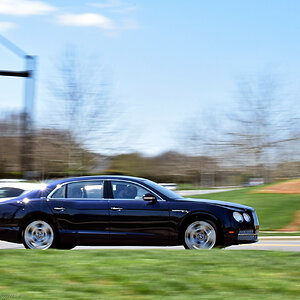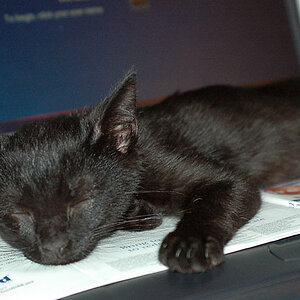New Hampshire
TPF Noob!
- Joined
- Jan 16, 2007
- Messages
- 250
- Reaction score
- 2
- Location
- Goffstown, NH
- Can others edit my Photos
- Photos OK to edit
Ok, I am sorry for having to rehash the usual DOF, f Stop stuff. I have been reading all these tutorials online for DOF and f stop and feel I am getting a pretty good grasp on it. However, one site I was reading started talking about using the DOF guage on you lens. The lens I am asking this question on is a Sigma 35-80mm, and it goes from f/4 to f/22 (or as the front of the lens calls it 1:4-5.6.) First off here is a picture of the barrel of the lens:

Ok, the site I was reading made perfect sense to me by saying that you first focus on your object. Then, by looking at the DOF guage the f/stop you are using will corrospond to to the distances of what will be in focus....i.e. as it is set in this picture above, using f/22 will put from 2.5 feet to 15 feet in focus. That I got. The problem, however, is that this lens' guage stops at f/11 and next goes into the "R" followed by "R" with the line above it, the thickwhite line (which is the indicator mark, that I know) back over to f/22 before moving back in the opposite direction. I guess the question I really need answered is how do I read all this confusing stuff inbetween the two f/11 marks?
Also, this question is about using infinity. I read this from the "luminous-Landscape" site:

Ok, the site I was reading made perfect sense to me by saying that you first focus on your object. Then, by looking at the DOF guage the f/stop you are using will corrospond to to the distances of what will be in focus....i.e. as it is set in this picture above, using f/22 will put from 2.5 feet to 15 feet in focus. That I got. The problem, however, is that this lens' guage stops at f/11 and next goes into the "R" followed by "R" with the line above it, the thickwhite line (which is the indicator mark, that I know) back over to f/22 before moving back in the opposite direction. I guess the question I really need answered is how do I read all this confusing stuff inbetween the two f/11 marks?
Also, this question is about using infinity. I read this from the "luminous-Landscape" site:
"If you focus so that the infinity symbol is aligned with the engraved DOF mark for the aperture you are using (the right hand one of the pair), you will be at the hyperfocal distance for that aperture. Also, the left hand aperture marker for the aperture that you are using shows the closest point that will be in focus."
The problem with this is that the infinity symbol goes from the LEFT side f/22 over to the white indicator line. What this means is that if I set the infinity on the white indicator there will be no f/stop values on the left side of the DOF guage, only the right side. Is that where the extra f/22 comes from just to the right of the indicator mark?
Man, I hope this question makes sense. I am really getting confused trying to read the lens by applying what I have been reading on f stop and DOF.
Can ANYONE explain this to me? Its probably a simple answer that is lost on me or way over my head. Hopefully you can help me make sense of it :blushing:
Brian


